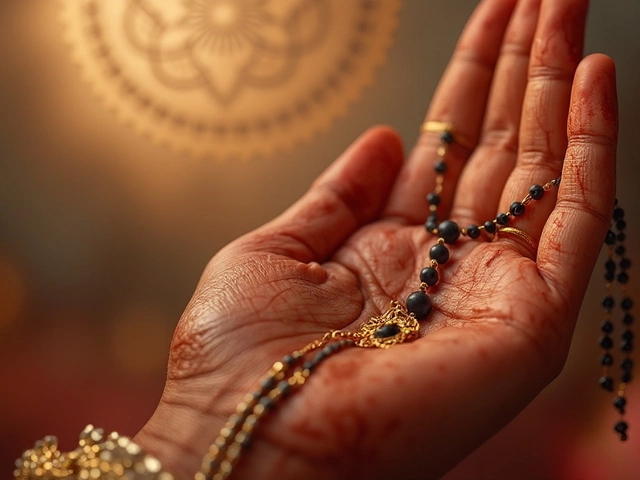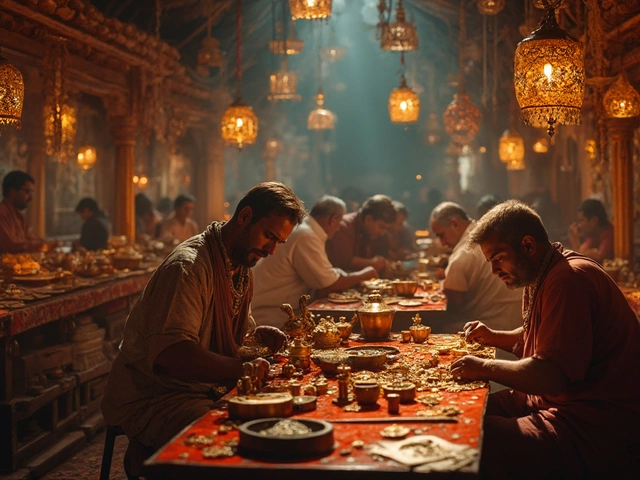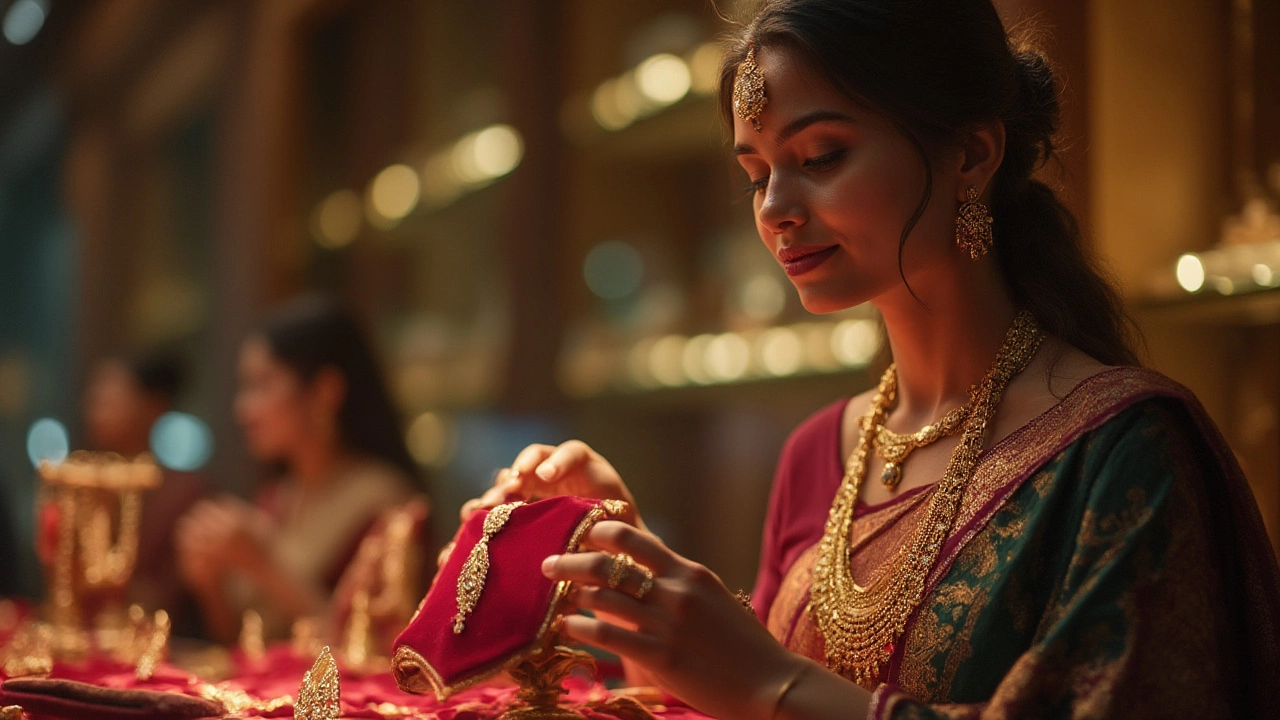
Did you know not every glittering trinket in the jewelry case is a hidden fortune in disguise? The idea of jewelry as an investment gets tossed around a lot, but in reality, most pieces lose value the second you step out of the store. Still, some jewelry manages to hold—or even gain—value if you pick the right pieces and tread smartly. So, where does the myth end and real value begin? Let’s lay it all out without sugarcoating a thing.
The Gold Standard: Why Gold Rarely Loses Its Shine
Gold is the rockstar of value retention in the jewelry world, and for good reason—it’s been currency for thousands of years and people trust its worth even when economies wobble. Not all gold is created equal, though. If you’re eyeing solid gold jewelry, especially 22kt or pure 24kt pieces, you’re already a step ahead. Lower karats can work, but once alloys and lots of other metals sneak in, resale value drops. The thing about gold is, it’s easy to weigh, melt, and resell. So, even an unfashionable bangle gets valued for its metal alone.
This isn’t just hearsay. On April 1, 2020, when the world freaked out about the future, gold prices shot up. People have a primal trust in gold. Coincidentally, that’s why some folks buy only simple chains or bars—they know it’ll fetch a near-market price when sold. Gold coins and bars made by government mints are the safest bet, followed by basic jewelry without a lot of themes or stones that might date it.
But here’s the detail people miss: mass-produced, lightweight gold jewelry, especially with lots of empty spaces or hollow centers, usually fetches less at resale. It’s the plain, solid pieces—heavy bangles, classic chains, and simple rings—that do best.
Of course, gold-plated jewelry? Forget about holding any value. Even a thick plating’s just a coat that’ll wear away. For the best shot at a good return, stick to solid gold, check for hallmark stamps (like “22K” or “24K”), and avoid pieces that are mostly about brand or design over substance.
The Allure of Diamonds: Not All That Glitters Is Resale Gold
The diamond story is complicated. Sure, a big diamond can look like a tiny fortune on your finger, but diamonds don’t work like gold. They don’t have a simple, universal value per gram. Things like cut, color, clarity, and carat weight (the four Cs) matter a lot when it comes to value. Jewelers mark up diamonds huge amounts, so selling one back right after buying could mean losing half what you paid, or more.
But there’s a catch: iconic diamonds, the truly rare and massive ones, have broken auction records and made headlines. The Hope Diamond, for example, isn’t something you’d find in your grandmother’s old brooch, but it proves that truly exceptional stones are always in demand from collectors and investors. For everyday folks, certified diamonds from reputable labs (think GIA or AGS) and stones over one carat—especially those with near-flawless stats—are the closest thing to value-holding; but even then, liquidity is slower than gold.
Don’t expect trendy cuts or settings to hold value, though. Styles change every decade, and what looks fresh in 2025 might seem old-fashioned in 2035. Stick to classic shapes—round brilliants, emerald cuts—and simple solitaire designs for a fighting chance. Engagement rings often get the best resale value if they meet modern buyer tastes and come with documentation.
For most people, melting down a diamond isn’t an option—you need a willing buyer, so liquidity is lower than with gold. So, the secret? Don’t buy diamonds as an "investment" unless you’re going for high-end, certified ones with the paperwork to match.
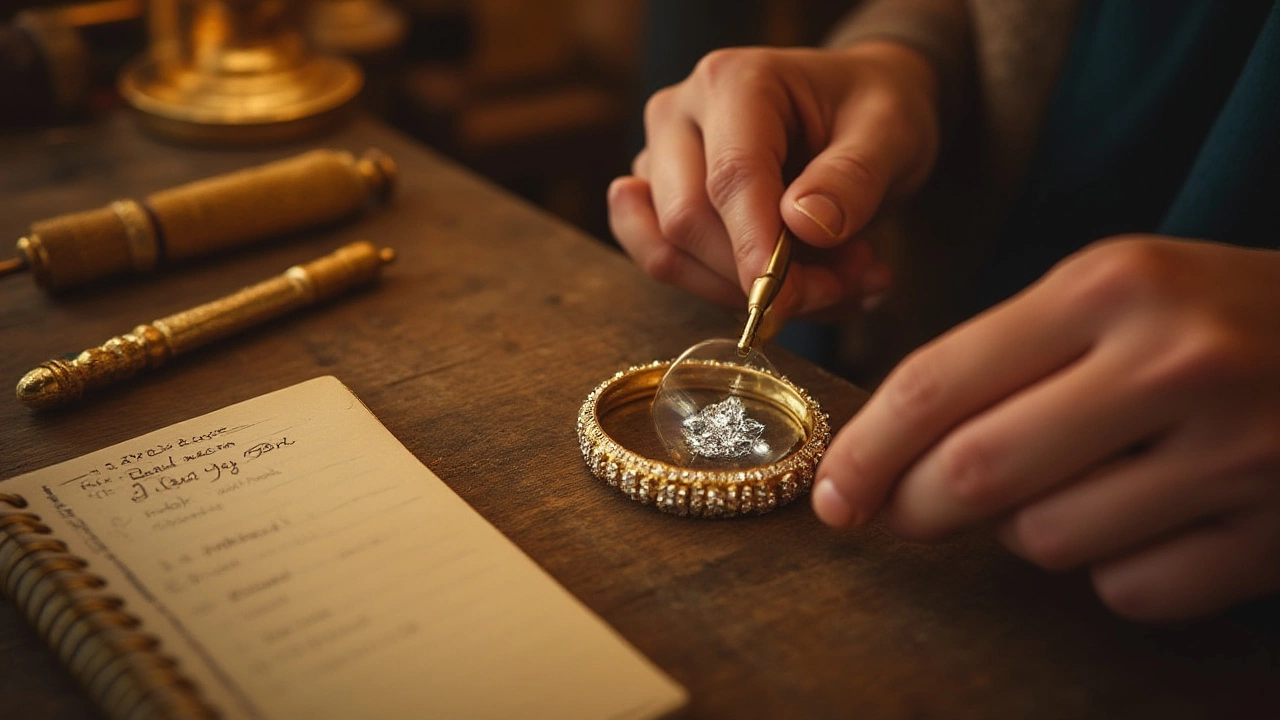
Antique and Vintage Jewelry: Stories That Outlast Trends
If you want jewelry that can defy time and go up in value, turn your gaze to antiques. Antique jewelry (over 100 years old) and vintage pieces (often 20 to 99 years old) sometimes fetch premium prices, thanks to their craftsmanship, rarity, and historical charm. Big-name brands with storied histories—Cartier, Tiffany, Van Cleef & Arpels—seem to always turn heads at auctions. In one notable example, a Cartier Tutti Frutti bracelet made in the 1920s fetched over $1.3 million at a 2020 Sotheby’s auction, way above any melt value.
The catch? Not all old jewelry is valuable. Mass-produced, damaged, or deeply unfashionable pieces can linger unsold for ages. To stand out, antique jewelry needs a few things: originality, excellent condition, marks from top brands or makers, and proof of authenticity. Signed pieces—where the maker’s name is engraved—usually get a massive boost on the resale market. If there’s a good story, even better. Provenance matters; if a brooch turned up in a famous movie or adorned someone notable, buyers line up.
But watch out for the hype. Lots of dealers try to pass off regular old jewelry as “vintage” just for the sales pitch. If you want to play in this field, learn the ropes or work with pros who specialize in estate sales. Even better, keep the paperwork—old receipts, original boxes, anything that ties the piece to its past.
Other Metals and Gems: Platinum, Silver, and the Wild Cards
Gold and diamonds steal the spotlight, but what about the rest? Platinum comes next for value retention. It’s denser, rarer, and hard as nails—think lifetime wedding bands. Platinum jewelry won’t tarnish, either. Simple bands, especially if marked “950” for purity, have resale appeal, but platinum prices bounce around a lot and resale options are fewer than with gold.
Silver’s a different animal. Sterling silver looks great, but unless it’s from a famous maker or part of a collectible line, it won’t hold value like gold or platinum. Silver’s price is low and it tarnishes, so most silver jewelry (apart from iconic brands like Georg Jensen or rare Native American pieces) gets appraised based on metal weight, not artistry.
Now, the wild cards: colored gemstones. Rubies, sapphires, and emeralds can be pricey, but resale depends hugely on quality, authenticity, and if they’re natural or heat-treated. Lab-created stones don’t hold value. Unheated, intensely colored gems with good clarity and origin documents (like Kashmir sapphires or Colombian emeralds) might appreciate over time—one 2014 Christie's auction saw a Burmese ruby ring sell for $5 million—but everyday colored gem jewelry doesn’t see the same fortune. Pearls, unless natural and rare, fade out fast after buying.
If you want real odds at value, stick with rare, natural, untreated stones in classic cuts, with documentation. Everything else? Enjoy it now, but don’t bank on future payouts.
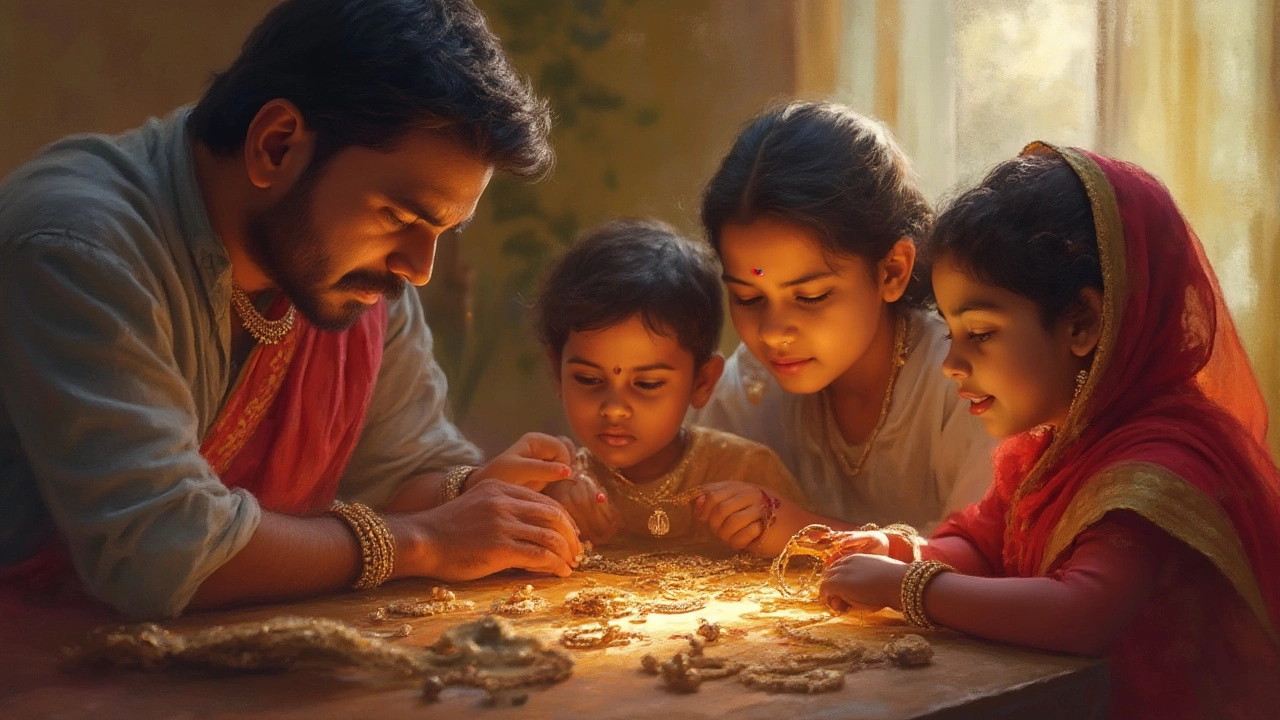
Smart Moves: Tips for Protecting Your Jewelry’s Value
Here’s the secret handshake of jewelry collecting: a little homework goes a long way. First, always buy from reputable dealers who give you detailed documentation—appraisals, certificates, and proof of origin. For anything over a few hundred bucks, demand paperwork. Trust me, your future self will thank you when it’s time to sell.
Next, think about trends versus timelessness. That chunky, rose-gold, chevron-shaped necklace might be a hit today, but it’ll scream “2020s” in a decade. Stick with classic designs and basic shapes in solid gold or platinum for the best resale odds. As for diamonds, prioritize stones with GIA/AGS certificates and avoid strange cuts or colors unless you truly love them and don’t care about future value.
Consider condition, too. Jewelry that’s dented, cracked, or missing stones plummets in value. Regular cleaning, careful storage, and checking for loose settings are simple tricks that can keep your investment safe. Also, keep the original packaging if possible—it’s ridiculous how much a recognizable box can sweeten the deal for a secondhand buyer.
If you inherit jewelry, don’t rush to sell. Get it properly appraised—sometimes, old family pieces turn out to be rare or by a crowned maker no one in the family realized. The same goes for auctions: famous pieces have skyrocketed in value because of celebrity or royal connections.
Finally, know when it’s a sentimental purchase versus a value play. Most jewelry gets worn for love, not profit. If you’re hoping for long-term gains, stick with the logic: solid gold, platinum, classic diamonds, and authenticated vintage or antique pieces from recognizable brands. Everything else? Enjoy the sparkle, but don’t be shocked if it doesn’t hold onto its price tag from the jewelry store.

